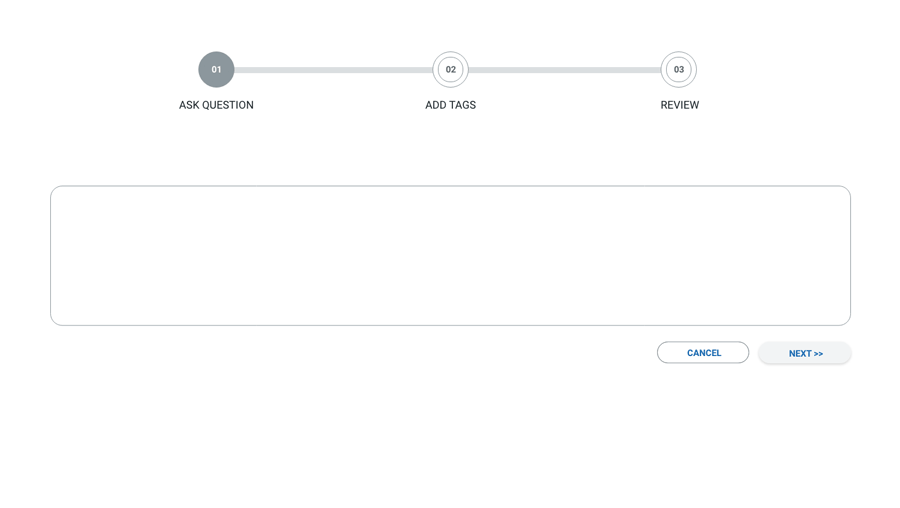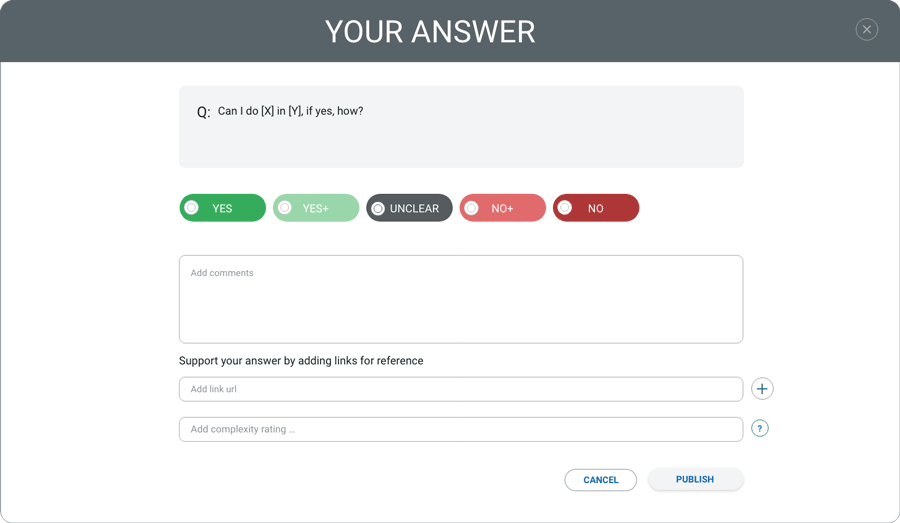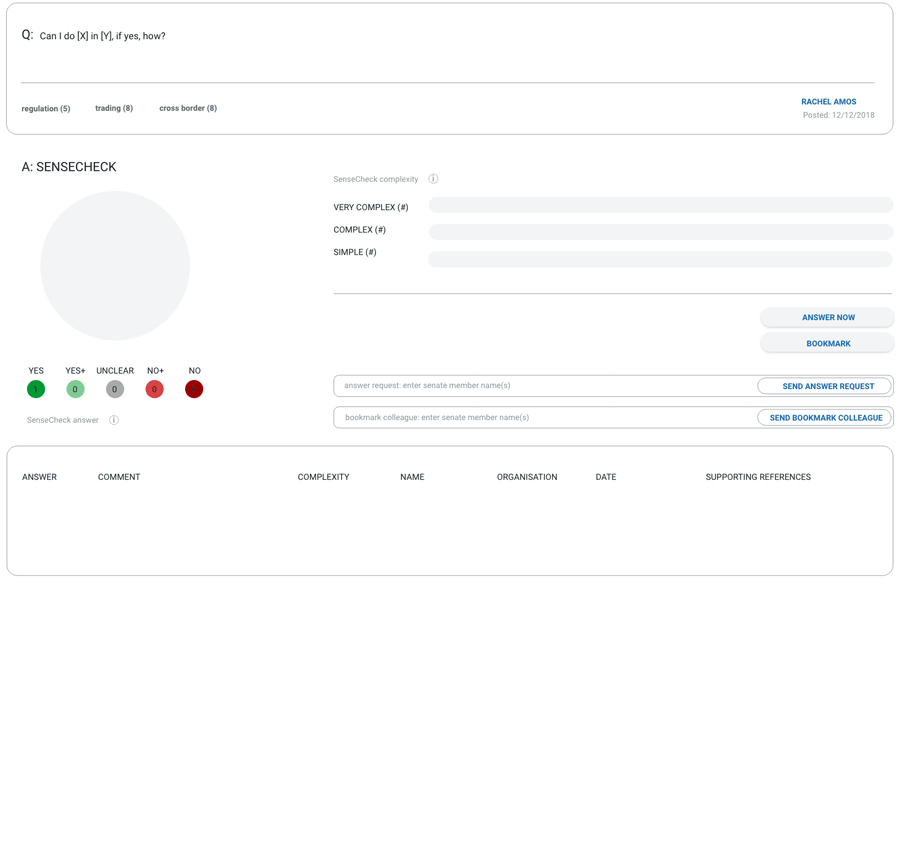A: SenseCheck

- 2 Yes
- 0 No
- 0 Other
- 22 Aug 2025
-
Yes
|
Complex
Use this template to help with calculations:
🔍 A – Analyze (Define the Market Universe)
Start with problem-first, not product-first. Define the customer pain point and the categories of customers who feel it most strongly.
Break the market into:
TAM (Total Addressable Market) – everyone who has the problem.
SAM (Serviceable Available Market) – the segment you can realistically reach given geography, regulation, and delivery model.
SOM (Serviceable Obtainable Market) – the share you can realistically capture in the next 3–5 years.
Action: Map customers by segment (B2B vs B2C, age group, industry vertical, etc.) and quantify potential demand.
💡 C – Conceptualize (Market Sizing Approaches)
Use both top-down and bottom-up approaches to validate:
Top-Down (macro): Start with industry reports, analyst data (e.g., Gartner, Statista), and calculate percentage relevant to your use case.
Bottom-Up (micro): Start with unit economics—number of customers × average revenue per customer (ARPU).
Value-Based: Estimate how much value customers place on solving the problem and size market willingness-to-pay.
Action: Create 2–3 sizing models and compare them for convergence. If they differ widely, refine assumptions.
📊 M – Model (Validation Framework)
Assumption Testing: Translate market size assumptions into testable hypotheses. Example: “20% of urban professionals would pay $20/month for on-demand eldercare support.”
Proxy Validation: Use surveys, landing pages, or waitlists to estimate conversion and extrapolate.
Sensitivity Analysis: Run high/medium/low scenarios to model TAM under different adoption and pricing levels.
Action: Align TAM calculations with your revenue model (subscription, transaction, SaaS, etc.).
🚀 E – Execute (Field Testing)
Conduct customer interviews to validate demand.
Run pilot campaigns (ads, demos, MVP sign-ups) to test interest and willingness to pay.
Compare actual engagement metrics with your TAM assumptions.
Action: Use real-world data to refine SOM and discard overly optimistic assumptions.
🛤 R – Roadmap (Iterative TAM Refinement)
Treat TAM not as a static figure but as a moving target. Market conditions, adoption rates, and adjacent opportunities evolve.
Update TAM quarterly or annually as you gather data from actual customers.
Build market expansion scenarios (e.g., new geographies, new use cases).
✅ Summary TAM Validation Approach:
Define who has the problem (Analyze).
Size it using top-down + bottom-up (Conceptualize).
Align with business model & test assumptions (Model).
Run experiments to ground-truth demand (Execute).
Continuously refine TAM as you grow (Roadmap).
- 14 Aug 2025
-
Yes
|
Simple
we already have a number of answers to this see:
>Can you help me calculate my addressable market size?...
>Do you know who our competitors are? What do they do better and/or worse than Senate?...
@Rachel Amos can you add?
Yes — to calculate your Addressable Market Size (also called Total Addressable Market, or TAM) for your startup, you’ll want to follow these three steps:
1. Define Your Market
Start with clarity:
Who is your customer? (demographics, industry, usage scenario)
What problem are you solving? (pain points, value proposition)
Where is your geographic focus? (local, national, global)
Example: “Urban millennials in the US who order food online at least twice a week.”
2. Choose Your TAM Calculation Method
Top-Down
Start from industry-wide revenue data (from reports like IBISWorld, Statista, McKinsey).
Narrow down to your target segment via percentages.
Example: Global online food delivery market = $150B US market share = 30% → $45B Millennials (40% of users) → $18B
Bottom-Up (Most Accurate)
Start from the number of potential customers × annual revenue per customer.
This is great for startups with a clear pricing model.
Example: Target customers: 5M urban millennials Annual spend on your service: $300 TAM = 5M × $300 = $1.5B
Value Theory
Estimate TAM by how much value your product creates and what % of that you can capture.
Good for totally new markets.
3. Calculate SAM & SOM
SAM (Serviceable Available Market): The segment of the TAM you can actually serve with your product today.
SOM (Serviceable Obtainable Market): The realistic share you can capture in the near term (often 1–5 years).
Example: TAM: $1.5B SAM: $600M (cities you can operate in year 1–3) SOM: $30M (5% realistic capture in 3 years)





|
1 Comment